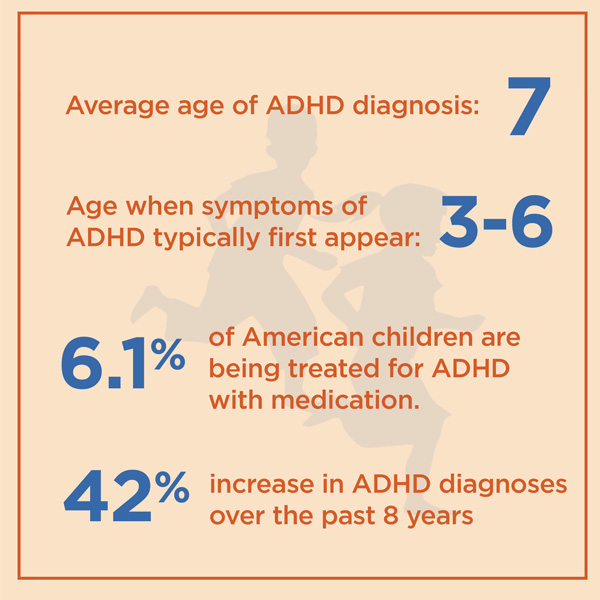
Over the past decade, diagnoses of attention deficit hyperactivity disorder (ADHD) have grown exponentially, with 11 percent of school age children–and 1 in 5 boys–having a diagnosis. The New York Times reports on the new numbers, which come from research by the Centers for Disease Control and Prevention:
The figures showed that an estimated 6.4 million children ages 4 through 17 had received an A.D.H.D. diagnosis at some point in their lives, a 16 percent increase since 2007 and a 53 percent rise in the past decade. About two-thirds of those with a current diagnosis receive prescriptions for stimulants like Ritalin or Adderall, which can drastically improve the lives of those with A.D.H.D. but can also lead to addiction, anxiety and occasionally psychosis.
“Those are astronomical numbers. I’m floored,” said Dr. William Graf, a pediatric neurologist in New Haven and a professor at the Yale School of Medicine. He added, “Mild symptoms are being diagnosed so readily, which goes well beyond the disorder and beyond the zone of ambiguity to pure enhancement of children who are otherwise healthy.”
And even more teenagers are likely to be prescribed medication in the near future because the American Psychiatric Association plans to change the definition of A.D.H.D. to allow more people to receive the diagnosis and treatment. A.D.H.D. is described by most experts as resulting from abnormal chemical levels in the brain that impair a person’s impulse control and attention skills.
While some doctors and patient advocates have welcomed rising diagnosis rates as evidence that the disorder is being better recognized and accepted, others said the new rates suggest that millions of children may be taking medication merely to calm behavior or to do better in school. Pills that are shared with or sold to classmates — diversion long tolerated in college settings and gaining traction in high-achieving high schools — are particularly dangerous, doctors say, because of their health risks when abused.





